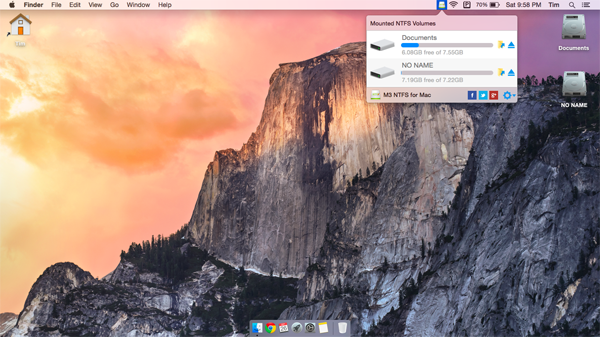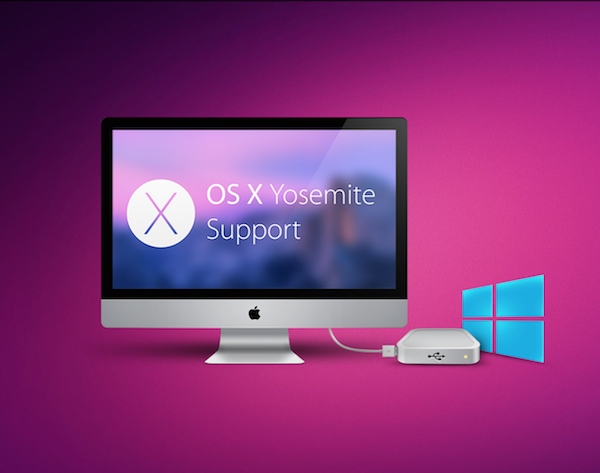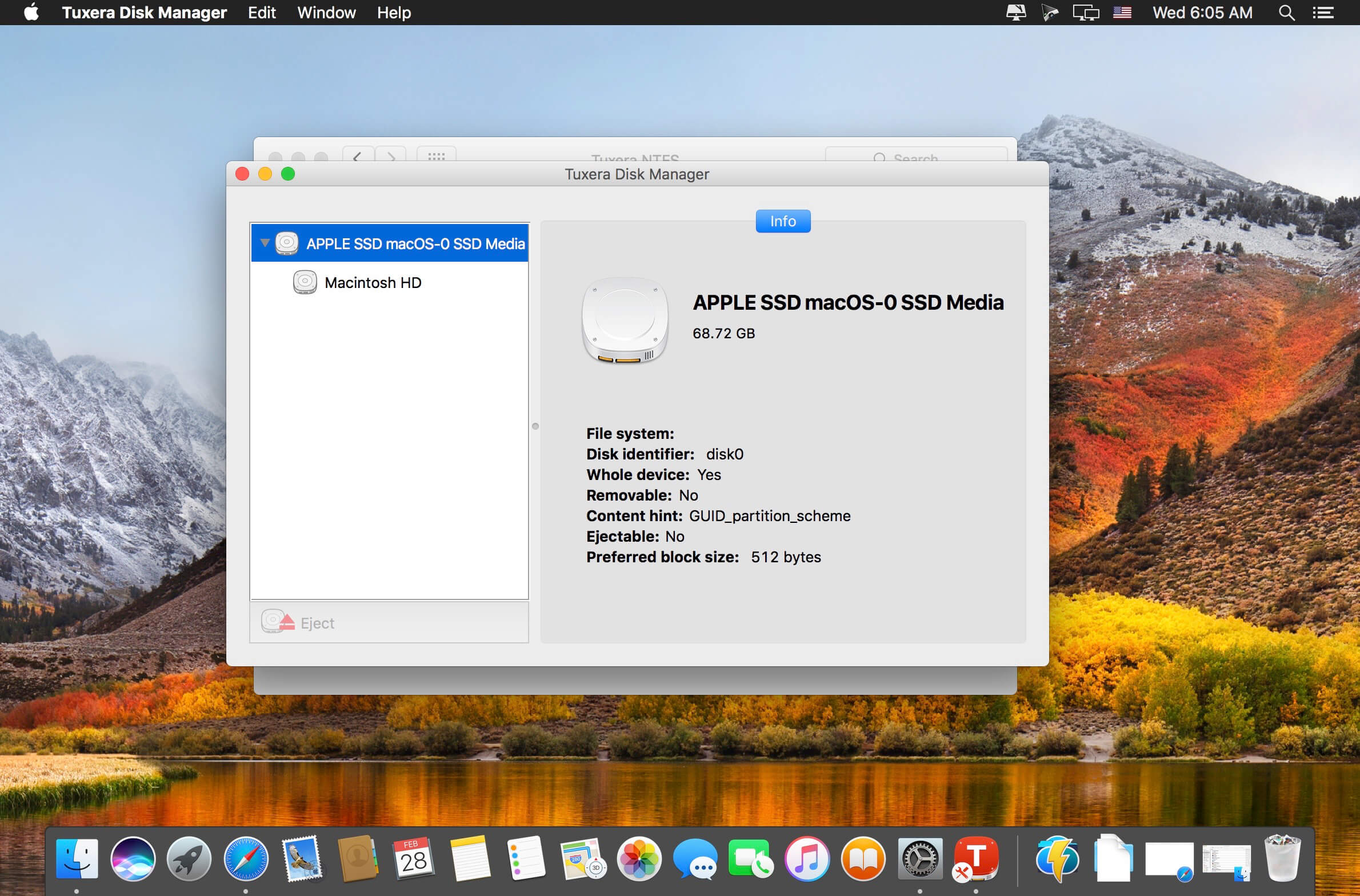

rwxrwxrwx 1 technomage technomage 1.9K Oct 1 12:51 startup.sh ĭrwxrwxrwx 1 technomage technomage 4.0K Oct 1 12:51. In the directory that contains the script, ls-la shows me: drwxrwxrwx 1 technomage technomage 4.0K Oct 1 12:51. Ls -l in the directory where the mount point is contained shows me drwxrwxrwx 1 technomage technomage 4096 Sep 30 18:04 Migrationĭespite being the owner of the entire structure, from the mount point and onwards, and having rwx privileges, it prevents me from executing this script, startup.sh. I own the mount point, which is ~/Migration. Mountpoint=`mount |grep /dev/$device | sed 's/.* on \(.*\) type.I'm trying to execute a script located on an NTFS partition that I own. # Once the device is removed, the /dev entry disappear. Mount -o noatime,discard /dev/$device "/mnt/$mntpnt" # Try to be gentle on solid state devices # Do not tolerate spaces in mount points - the remove case mountpoint determination fails Islabel=`block info /dev/$device | grep -q LABEL echo $?` The script was tested on OpenWrt 21.02.1 and requires hdparm to be installed. Therefore the script finds where the drive was mounted and uses the mount point for unmounting. Once a drive is disconnected, it disappears from /dev therefore it can not be unmounted by giving the original /dev path (you would just get 'No such file or directory' error). One other problem with the original script was related to unmounting. The hd-idle does not seem to work on USB drives properly, but the APM setting is able to make the drive to use its internal logic if supported by the drive. In addition, hdparm is called to set drive APM setting so drive can go to standby if not used (the correct setting may be drive dependent). Some sensible mount options which should be suitable for both solid state and normal drives is also added. The script should be able to mount any supported filesystem.
#NTFS 3G COULD NOT MOUNT CODE#
The mount binary seem to figure out what filesystem type it is trying to mount, therefore the code sections for checking this is removed. It should be preferred if it supports the file system you are using but it has limited filesystem type support. The original script tries to re-mount all the filesystems, including mtdblock* filesystems at boot which is not what we want.Ĭode is added to dismiss disks which can be managed by block_mount.

(Note that this will be a different path than /mnt/usb-ntfs)īelow is a modified version of the script which should work fine even if you are using root file system using extroot. Now, whenever you plug in an NTFS USB disk, it should automatically mount. (The script above comes from this blog post) Mount -o iocharset=utf8 /dev/$device /mnt/$device # mount with ntfs-3g if possible, else with default mount Isvfat=`fdisk -l | grep $device | grep FAT` Isntfs=`fdisk -l | grep $device | grep NTFS` Sleep 10 #more apps installed, need more time to load kernel modules! To get our drive to mount on plugin, we utilize the hotplug system.Ĭreate the following files as /etc/hotplug.d/block/10-mount.

Now that you can get your volume to mount on command, the next step is mounting it when it's plugged in automatically.


 0 kommentar(er)
0 kommentar(er)
